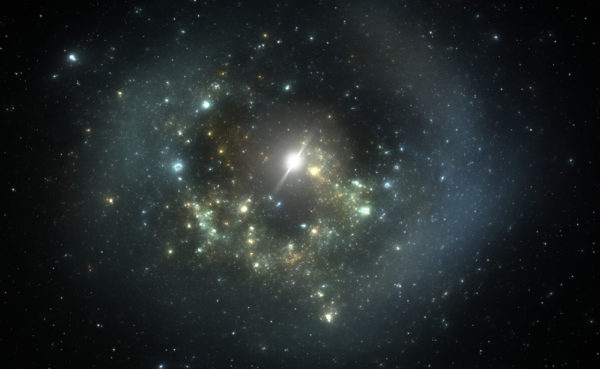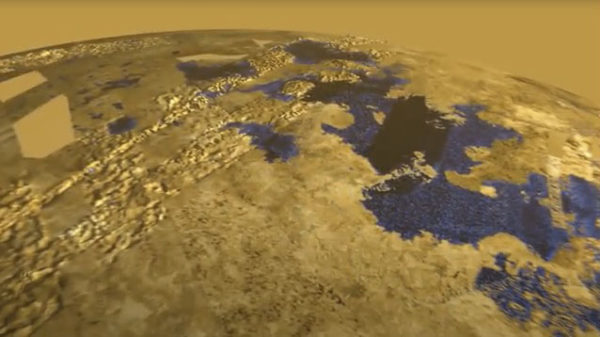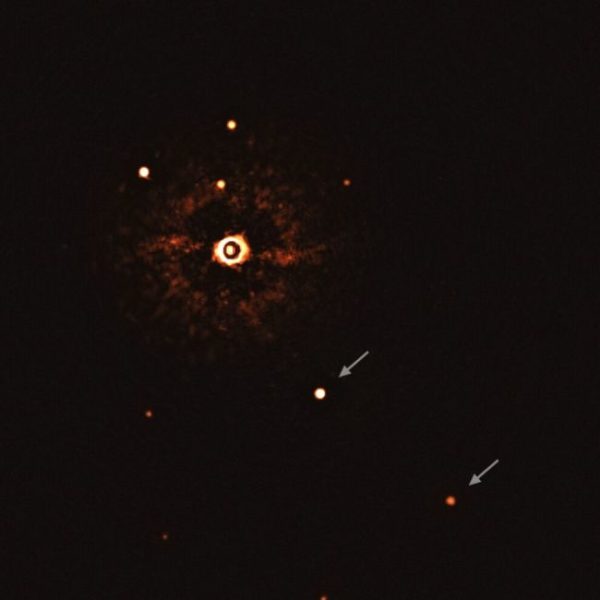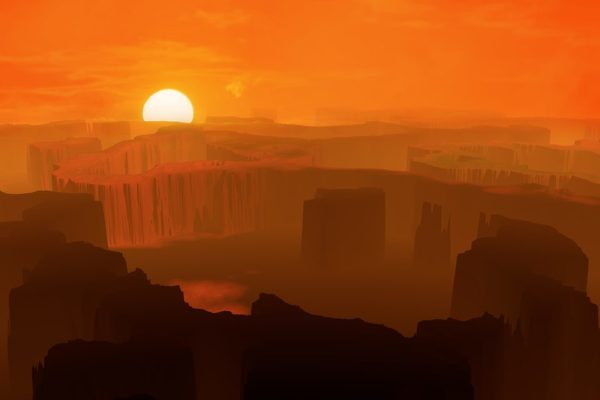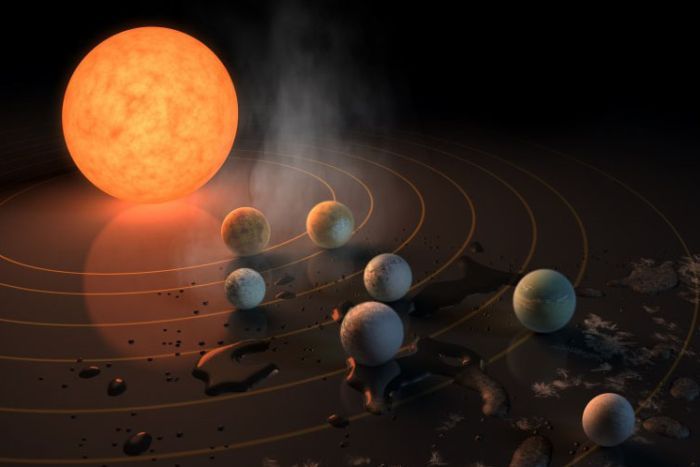sPACE: White Dwarfs Wear Crushed Corpses of Planets in Their Atmospheres
Astronomers are looking for the bones of dead planets inside the corpses of dead stars — and they may have just found some. In a paper published Feb. 11 in the journal Nature Astronomy, a team of researchers described how they used data from the Gaia space satellite to peer into the atmospheres of four white dwarfs — the shriveled, crystalline husks of once-massive stars that burned through all their fuel. Swirling among the hot soup of hydrogen and helium surrounding those stars, the team detected clear traces of lithium, sodium and potassium — metals that are abundant in planetary … Read more



